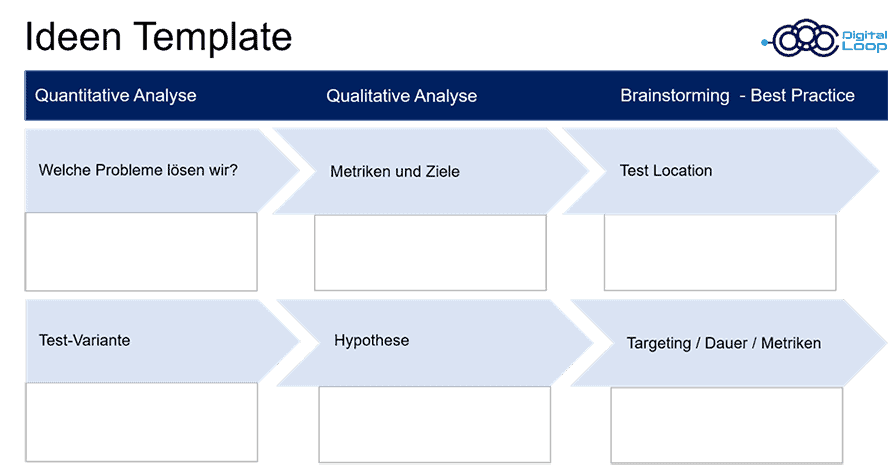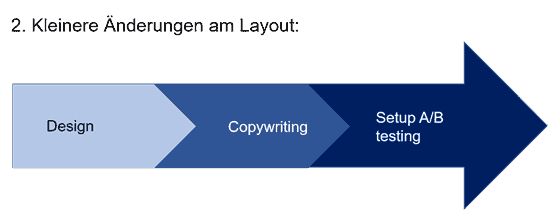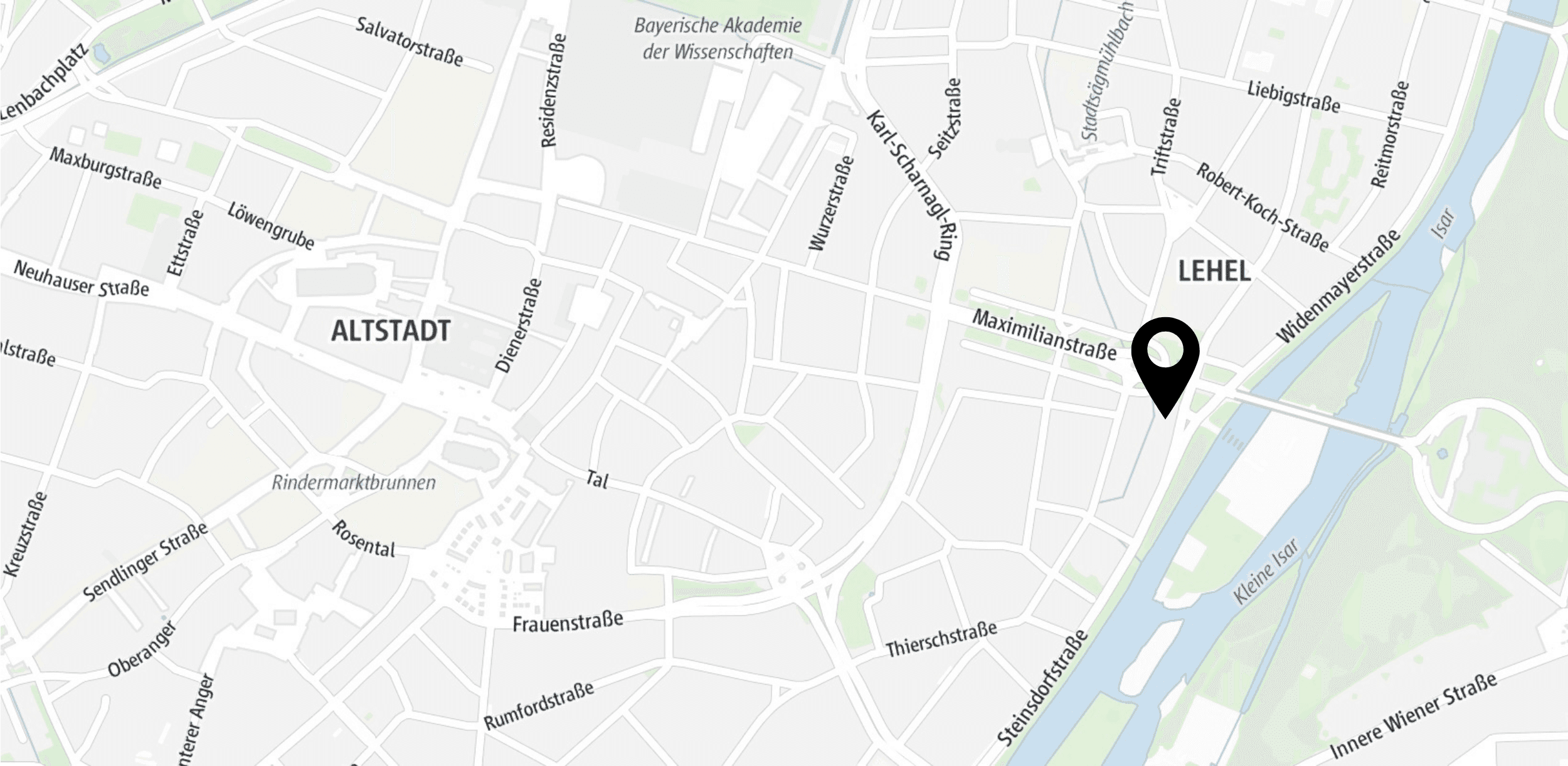My conversion rate is stagnating - What can I do?
Your website is not converting site traffic? If users don't buy and don't sign up for the newsletter, it's a "conversion killer" and bad for business. It's no longer a secret that good usability has a huge effect on sales. Conversion rate optimization means tweaking the right places to increase sales.
Get the user to click
One way to optimize your conversion funnel is A/B testing. A/B testing helps you find out which changes on your website bring measurable success for funnel optimization and user experience. A/B testing works because it captures unconscious behavior and decision patterns.
What does A/B testing look like in practice?
Two different types of the website are played out to the website visitors during testing. One group of visitors sees the original variant and the other group sees a modified variant of the page. The effects are measured and compared, which variation generates more conversions. As a rule, the variation with the higher conversion rate is the winner.When creating the sample, you must pay attention to the sample size. To ensure that the results of your sample are statistically valid and you can trust them, a significance is calculated. In practice, a significance of more than 95% is considered statistically significant. The significance results from the chi-square test. The chi-square test checks whether the relative conversion rate of visitors who are shown the modified version of the page differs significantly from the relative conversion rate of the target group who are shown the original version.Alternatively, you can resort to a significance calculator.

There are different types of A/B tests.
- A/B tests or A/B/n tests: A/B tests or A/B/n tests allow you to test two or more versions of the same website against each other.
- Multivariate tests: Multivariate tests let you try multiple elements on a page at the same time to see which combination gives you the best results.
- Redirect test: Redirect tests are A/B tests that compare websites against each other.
- Server-side tests: In server-side tests, the variation is created in the backend layer of your website and the variation you want the user to see is immediately played out from this layer.
- Personalization: A variation of your site that is assigned to a predefined visitor or customer segment.
The advantages of A/B testing at a glance:
How and what can be tested?
Basically, you can test everything, but not every question and hypothesis is suitable for testing. Therefore, it is important that you have a clear idea of what you want to achieve. Therefore approach the matter with the right strategy. The knowledge gained about your target group can later be useful for planning and controlling marketing and development measures.
How does A/B testing work?
A/B testing is a systematic procedure to find out whether a certain measure achieves the desired success.
"How can I provide the best experience to my customers?"

1. Define goals and KPIs.
Capture the current state of the website. How many users are coming to the site, what is the click-through rate, which pages are bringing the most traffic and what are the different conversion goals of the different pages.
Look at your competitors' pages and industry best practices.

2. Generating ideas
Idea generation happens in a team of different people and departments of your company. This way, different perspectives and ways of thinking are incorporated into the idea generation and methodology.

3. Derivation of hypotheses
Every idea that has to be implemented as an A/B test needs a clear hypothesis. A good hypothesis consists of a description of the problem, a proposed solution, and the expected, measurable outcome.Under "Problem", you first define the "as-is", the identified problem and support this with the data from your qualitative and quantitative analyses.Under "Proposed Solution", you summarize your ideas that can solve the problem.

4. Prioritization
After you have found and defined your ideas, you should now prioritize them, i.e. you should sort the ideas according to their importance and take action on those with the highest priority first.

5. A/B test setup and implementation
The next step is to create a variation based on your hypothesis. The hypothesis is implemented in the variation and tested against the existing version (control). Multiple variations can be created to see which one works best. The important thing here is that you commit to one change per variation.
Typical and quick things to test are:
- Headlines
- Texts
- Colors and layout
- Navigation
- Images
- Contact forms
- CTAs
- Social Proof
- New (planned) features
Depending on the optimization effort, different test procedures are suitable:



6. Evaluation and documentation
This step sounds very simple and is therefore often underestimated.
How long should I test?
There is no simple answer here. You should test until the statistical significance of 95% has been reached and the test is therefore significant.
CONCLUSION
Even after optimization, there is always room for improvement. You should basically test as much as possible, meanwhile taking into account small changes that can already have a big effect on the website.
Principle: The more A/B tests you do, the more possible uplifts and insights you have. This is reflected in the sales.
You can read the detailed article at OMT:
https://www.omt.de/conversion-optimierung/ab-testing-workflow/









